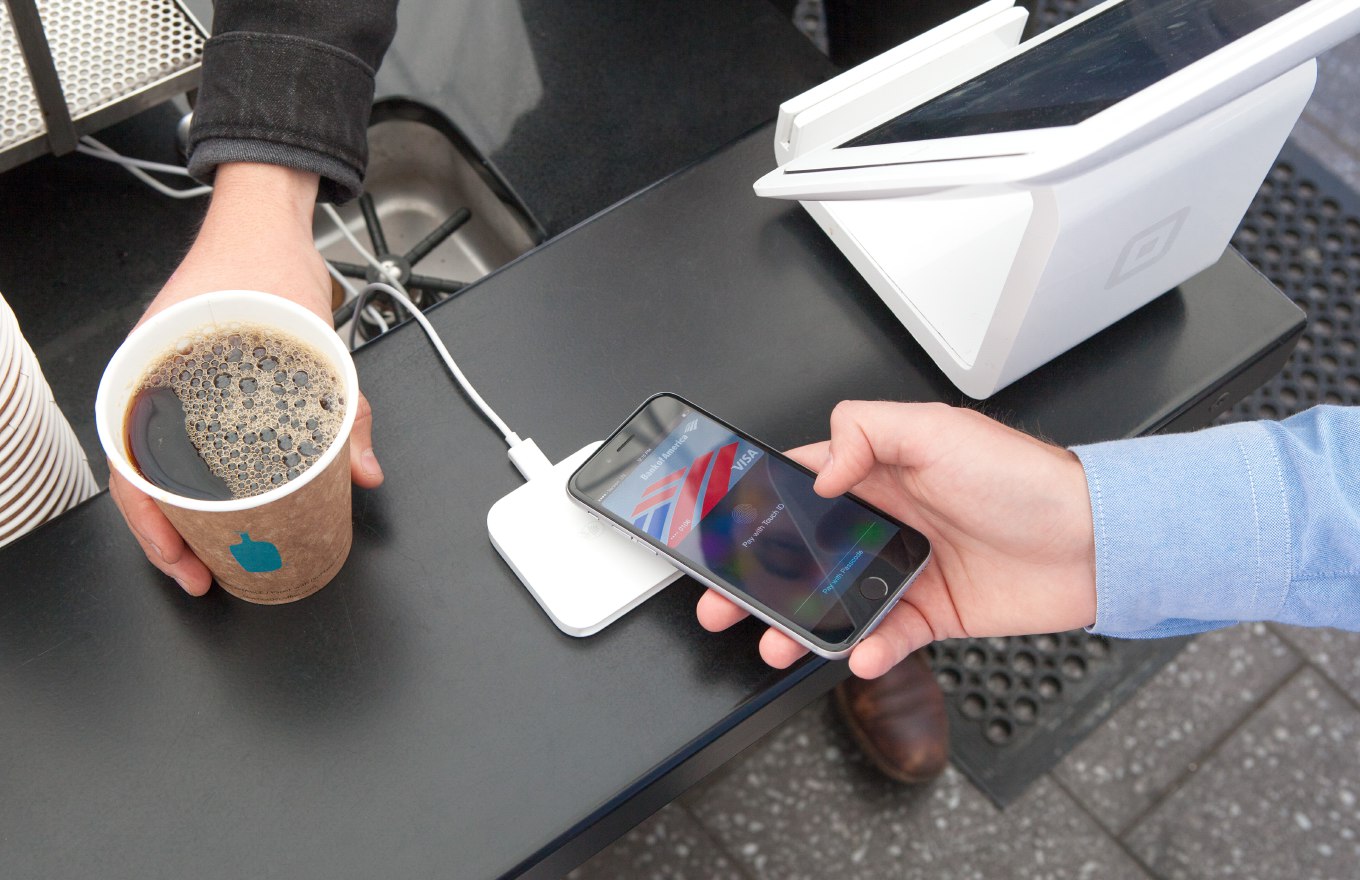India’s digital payment revolution is the envy of the world. With UPI handling over 18 billion transactions a month and making up 85% of all digital payments nationwide, smartphones have become magic wallets for almost half a billion people. Yet, amid this digital triumph, there’s a curious gap: a country that’s made cash nearly obsolete with QR codes and instant transfers still lags far behind when it comes to “tap to pay.” Why are Indian shoppers still swiping, signing, and waiting, while Europeans simply tap and breeze through checkout?
Contactless: Why the Rest of the World Taps, But India Hesitates
Globally, tap-to-pay and contactless card payments have soared in the last few years. In places like the UK and much of Europe, over 90% of card-present transactions under £100 are now contactless. Even in the US, where adoption was once slow, 65% of all card transactions are now contactless, with a seamless experience at both big retailers and small shops.
In India, the technology exists. Nearly all new credit and debit cards are NFC-enabled, and major chains in cities offer tap-to-pay terminals. RBI has even increased the per-transaction limit to ₹5,000 ($66). And yet, the overwhelming majority of in-store payments either rely on QR-based UPI or traditional chip-and-PIN methods. Why does the tap-to-pay promise remain mostly unfulfilled for everyday Indians?
India’s Contactless Conundrum: The Barriers
-
UPI: Too Good to Beat? Unlike much of the world, Indians simply don’t need to reach for a card. UPI is fast, familiar, and available everywhere, from malls to the smallest roadside stall. Its dominance, with more than 640 million daily transactions and a massive merchant base, means tap-to-pay solutions often seem redundant, especially as UPI’s security, rewards, and ease outpace most card offerings.
-
Infrastructure Gaps: NFC-enabled point-of-sale terminals remain disproportionately clustered in metros and shopping malls. Small retailers—the lifeblood of Indian commerce—still have older POS machines or just QR codes, not the latest tap-and-go technology.
-
Consumer Awareness & Trust: Many consumers are simply unaware that their cards or phones can be tapped. Those who do know are often wary—misconceptions about safety persist, despite the fact that contactless cards feature tokenization and robust fraud protections. The RBI’s PIN-less transaction cap is meant to balance convenience and risk, but a perception of insecurity lingers.
-
Technology Divide: NFC-enabled smartphones are common in tier-1 cities but not universal. Many lower-cost handsets or feature phones lack NFC, and merchants are reluctant to invest in technology that may not serve their customer base.
-
Cultural Habit: The Indian payments “moment” coincided with UPI’s rise and digital wallet explosion—not plastic cards. For both merchants and consumers, scanning a QR code symbolized modernity long before tapping a card did.
The Missed Opportunity: What India Could Gain
Contactless cards—when widely adopted—offer speed, hygiene, and higher transaction values. Countries with deep tap-to-pay penetration see up to 20% faster checkout speeds and increased basket sizes. For India’s crowded urban centers, this could mean real-world efficiency. In public transport, where London’s Oyster Card and Hong Kong’s Octopus are legendary, India is still rolling out QR and NFC pilots on select metros, while the majority of commutes are paid in cash or via tokens.
What’s Holding India Back, and What Would Unleash Tap to Pay?
-
QR Code Bias: The optimization (and happy accidents) of India’s UPI-QR revolution left tap-to-pay without a killer use case for masses. Instead of following the West’s “card, then tap,” India leapfrogged to “QR, then UPI.”
-
Incentive Misalignment: Consumers get more rewards from UPI use, while banks and networks haven’t done enough to promote or subsidize tap adoption for merchants.
-
Fragmented Rollout: Without countrywide coordination (like Europe’s public transit integration), contactless card payments remain an urban phenomenon and lack the network effects needed for snowball growth.
Can India Ever Catch Up, or Leapfrog Again?
Accelerating “tap to pay” adoption in India will take more than technology:
-
Targeted education campaigns addressing safety and benefits of contactless.
-
Subsidies or incentive programs for small retailers to upgrade terminals.
-
Direct UPI-style innovation for cards—perhaps via next-gen biometric cards or hybrid QR/NFC terminals.
-
Merchant and card-issuer partnerships to offer meaningful, consistent rewards for using contactless.
In the End: India’s Choice of Payment Future
The paradox is clear: India has the tech, the scale, and the expertise—yet tap-to-pay remains largely aspirational outside luxury malls. Unless incentives, infrastructure, and consumer trust are aligned, contactless cards may always trail QR and UPI. The lesson? Sometimes, “leapfrogging” to the next big thing can mean inadvertently skipping over technologies that the rest of the world considers essential.
Still, with digital payments already transforming Indian commerce—and new possibilities like biometrics on the horizon—India may yet find its own, uniquely Indian path to mainstream tap-to-pay. The question is not “can we?” but “do we want to, and what would we gain if we did?”




